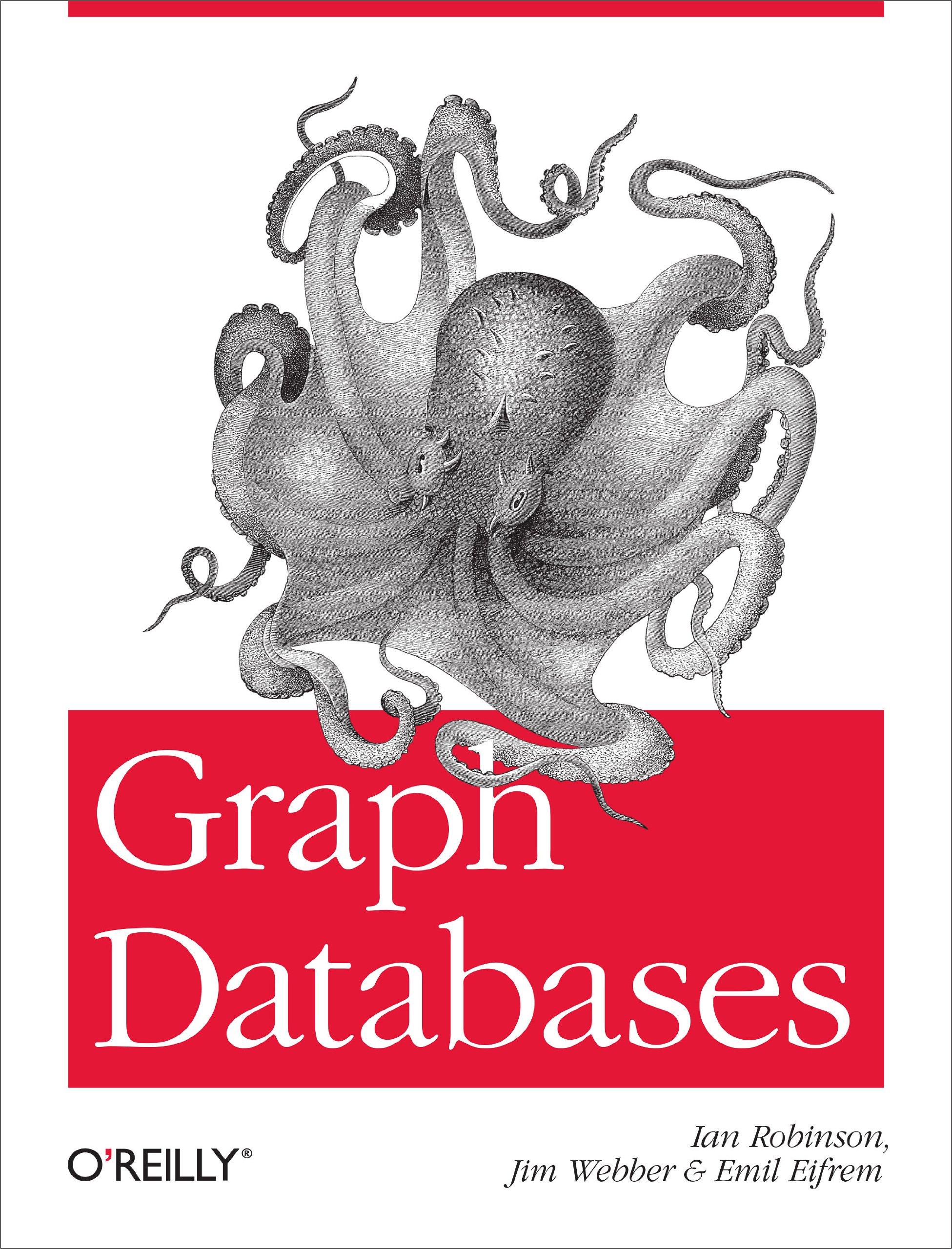Answered step by step
Verified Expert Solution
Question
1 Approved Answer
Players send units to attack the enemy s fortress, which is executed by the units autonomously. ( Use Case: Attack Opponent ) The game concludes
Players send units to attack the enemys fortress, which is executed by the units
autonomously. Use Case: Attack Opponent
The game concludes either when the time is up or a players score hits the
winning point. Use Case: End Game
The game announces the winner based on the final score and updates the players'
records. Use Case: Declare Winner
Players exit to the main menu or close the game entirely after a match concludes.
Use Case: Leave Game
Use Case Descriptions
Use Case Name: Authentication
Actors: Players, Game Server
Players open the game and are asked to login
Players enter their credentials.
The Game Server verifies the credentials.
Once the verification is successful, players are granted access to the game lobby.
Use Case: Incorrect Login
Actors: Players, Game Server
Related UseCase: Authentication
ExtensionOf: Extension Point occurs at Step
If the credentials are incorrect:
Players receive an error message.
Players can attempt to log in again or reset their password.
Use Case Name: Join Game
Actors: Registered Player, Game Server
Registered players select 'Join Game' from the lobby.
The Game Server places the player in a suitable game session.
The game session starts on the player's client.
Entry Condition:
Players are authenticated.
Use Case Name: Resource Collection
Actors: Players
Players select a unit.
Players command the unit to collect resources.
Units collect and return resources to the player's inventory.
Use Case Name: Build Defense
Actors: Players
Players select a building option.
Players place the defense on the game map.
Units construct the defense.
Use Case Name: SoulCast
Actors: Players
Players open the SoulCasting menu.
Players select the unit to create.
Units are created and placed in the player's area.
Entry conditions:
Players have the required resources.
Use Case Name: Assign tasks.
Actors: Players
Players select a unit.
Players assign a specific task to the unit.
Units begin executing the assigned task.
Entry conditions:
Units are available for task assignment.
Use Case Name: Reassign Tasks to Units
Actors: Players
Players select an active unit.
Players assign a new task to the unit.
The unit switches to the new task.
Use Case Name: Display unit progress.
Actors: Game
Units perform tasks such as resource collection or defense construction.
The game updates the progress indicators for each task.
Players receive visual feedback on unit activity.
Use Case Name: Attack opponent.
Actors: Players
Players select units.
Players command units to attack an opponent.
Units engage in combat with the opponent.
Use Case Name: End Game
Actors: Game
The game monitors the session time and player scores continuously.
The game concludes when the session time expires or a player's score reaches the set
point for the victory.
The game server updates all session states to reflect the end of the game.
Entry conditions:
At least one player is in an active game session.
Use Case:
Actors: Players, Game
Related UseCase: End Game
ExtensionOf: Extension Point occurs at Step
if a player reaches the winning score before time expiration:
The game immediately proceeds to declare the winner.
If the session time expires without any player reaching the winning score:
The game checks for the highest score.
If there is a tie, the game may enforce additional conditions to determine the winner.
Use Case Name: Declare Winner
Actors: Game
The game evaluates the final scores of the players.
The player with the highest score is identified as the winner.
The game displays the victory announcement and updates the players' records
accordingly.
Entry conditions:
The game session has ended.
Use Case Name: Leave Game
Actors: Players
Players receive the endgame summary screen.
Players select the option to leave the game session.
The game server processes the request and directs the player to the main menu or
closes the game application
Implement the Class Diagram of this system i just provided, and note that we are using papyrus environment for this.
Step by Step Solution
There are 3 Steps involved in it
Step: 1

Get Instant Access to Expert-Tailored Solutions
See step-by-step solutions with expert insights and AI powered tools for academic success
Step: 2

Step: 3

Ace Your Homework with AI
Get the answers you need in no time with our AI-driven, step-by-step assistance
Get Started


